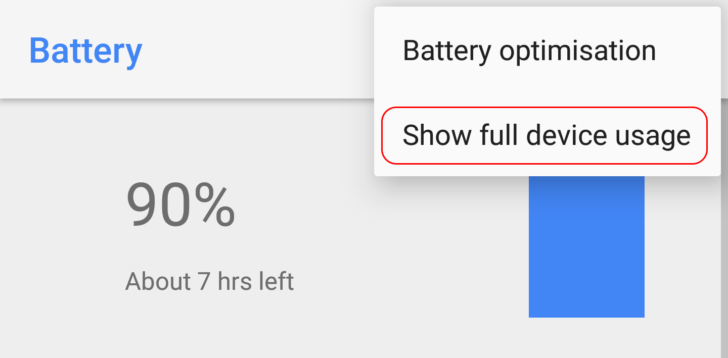Google first announced the next version of its mobile operating system, Android O, during I/O 2017. It has now been released as Android Oreo, the next major iteration after last year’s Android Nougat.
Android Oreo is said to be faster, smarter and more powerful than Nougat or any other Android version before it. It helps minimize background app activity, and lets the user get started with tasks more quickly. The first stable version of Android 8.0 Oreo boosts battery usage statistics and associated features, compared to the earlier Developer Previews. A few sources report that the upgraded battery section of the OS was part of the fourth and final Developer Preview of the OS, but it became more prominent only a few days ago.
Currently, Android Oreo will support Nexus 5X, 6P, Player, Pixel, Pixel XL, and C, with plenty more devices to be supported down the line. For those who want to access it right away, you can manually download Android 8.0 Oreo onto your device though a Google OTA update that is expected to rollout globally.
Android 8.0 will include picture-in-picture, which means the user will be able to keep videos open and playing on top of another screen – similar to the multi-window feature. Another feature that comes with the new software is the notification dots for apps. It also brings better security, which includes adding Google Play Protect as a built-in feature. Users will also have better control over app installs. Further, the company is now making the status of your device security visible right from the settings screen.
Android Oreo helps minimize background activity in the apps you least use, but which tend to drain your device’s battery; it’s like a superpower you can’t even see. While the battery statistics are a welcome feature for many, some are still unhappy that they are not able to access the battery graph from quick settings, as it was in Nougat. With the new version, it takes several taps to get to the battery diagram via the settings page. Also, with Android Oreo, it is not possible to see the graph with history stats, which a lot of users are complaining about.
Overall, Android Oreo is a lot more power-efficient, which will make a great match on the Pixel 2 and Pixel 2 XL when they come out later this year. Those smartphones could sport the latest version of Qualcomm’s Snapdragon processors, which are getting more efficient and faster with each iteration – the current one being Snapdragon 835.
Thanks for visiting. Please support 1redDrop on social media: Facebook | Twitter



